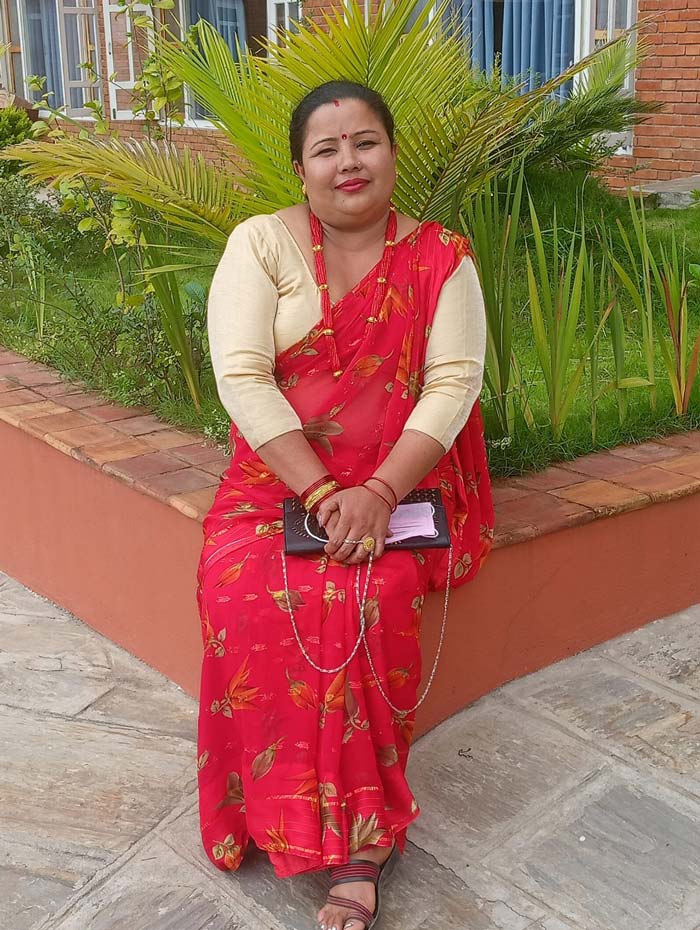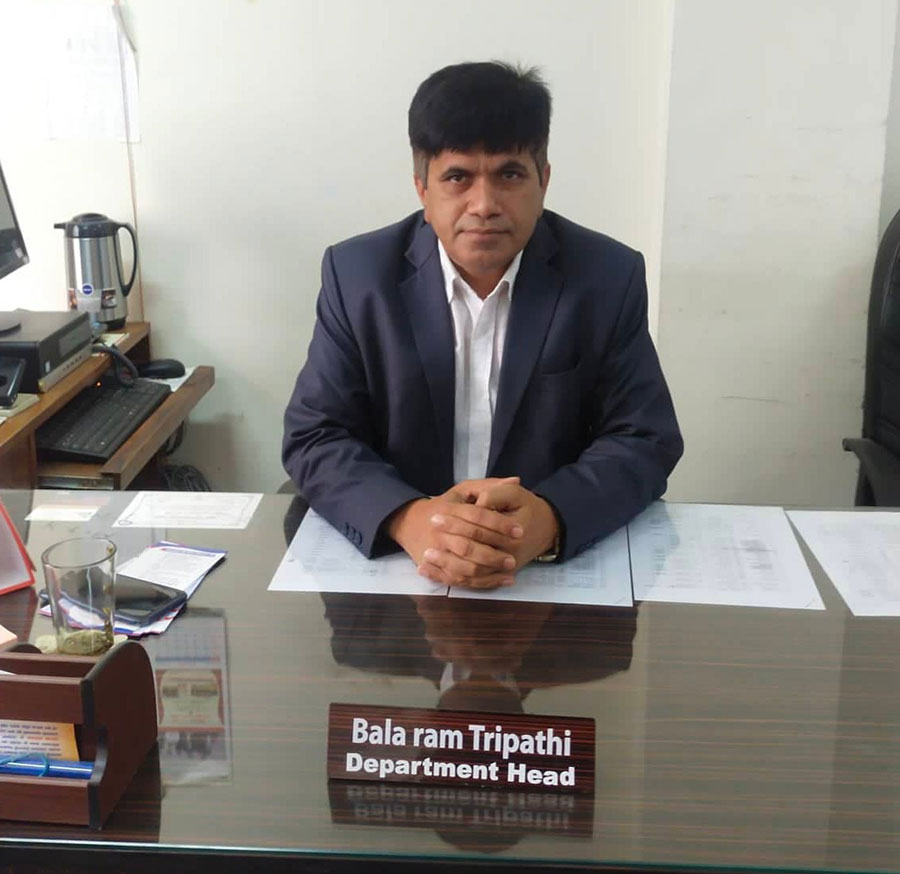Nepal integrates hygiene promotion with routine immunisation
Communities in Nepal combined sanitation awareness campaigns with routine immunisation during the pandemic. It might just have helped them keep COVID-19 under control.
- 4 October 2022
- 4 min read
- by Chhatra Karki

Mamata Bharati is a female community health worker from Khopasi, Nepal. While creating awareness about the immunisation of children has been her role for years, it has now expanded to include educating mothers on the importance of sanitation and nutrition.
“I have been advising mothers to take their children to health centres for immunisation five times within the first nine months after birth. With the knowledge that I gained from training at Khopasi Health Centre, I am now involved in informing them about sanitation and nutrition as well,” says Bharati. “This has helped to improve the health of the child as well as the family.”
Bharati believes that the awareness campaign on sanitation coupled with routine immunisation contributed to controlling the pandemic.
“Masks, physical distancing and sanitisers are the key preventive measures for COVID-19 infection. They need to be prioritised, alongside vaccination.”
“The importance of sanitation, masks and sanitiser was highlighted at the onset of the COVID-19 pandemic in January 2020. Proper hygiene practices have a crucial role in tackling communicable diseases like COVID-19,” she adds.

Credit: Chhatra Karki
Bharati feels her efforts proved fruitful. She attributes the comparatively lower effect of the second wave of the COVID-19 pandemic in Khopasi village to the promotion of sanitation and other hygienic practices.
Devaki Khadka, a female community health worker from Tikhatal, has also been informing the locals about sanitation and nutrition.
“Before the programmes targeting sanitation, diarrhoea used to claim the lives of many children. A dedicated awareness campaign on sanitation has changed things,” she shares. “I go from door to door talking about sanitation, vaccination and health. I have been advising people to wash their hands before having a meal. I also tell them about how to keep their body clean.”
Khadka also believes that the awareness campaign on sanitation was instrumental in dealing with the COVID-19 pandemic.
“I motivate pregnant women to consume green vegetables, yellow fruits, beans, fish, meat, and other food items with high nutritional value in their meals,” she adds.
Have you read?
This expansion of the role of female community health workers (FCHWs) follows a major change in Nepal’s health policy. The Ministry of Health and Population (MoHP) under the Government of Nepal has started operating the ‘Hygiene Promotion through Immunisation Programme’ at the local level through health centres.
According to the Child Health and Immunisation section of the Family Welfare Division under the MoHP, the ministry has collaborated with organisations like Wateraid and USAID to operate the programme. MoHP decided to add ‘Integrated Hygiene Promotion’ to the routine immunisation programme in December 2018 but implementation only began in July 2020.
About 2,700 health workers from across the country were mobilised and officials at the MoHP have seen results. “The integration of hygiene promotion into the routine immunisation programme has proved to be fruitful so far. The programme has set the goal of mobilising women health workers across the country to educate mothers on sanitation and nutrition,” says Dr Samir Kumar Adhikari, joint spokesperson at the MoHP.
Dr Achyut Raj Karki, COVID-19 focal person at Bir Hospital, the oldest government hospital of Nepal, lauds the government’s two-pronged strategy for disease prevention and control.

Credit: Chhatra Karki
“I believe that the government giving high priority to the promotion of good hygiene practices such as washing hands with soap and using a mask and sanitiser during the COVID-19 pandemic contributed to its success in dealing with the pandemic,” said Dr Karki. “This makes sense because majority of the infections take place through hands. Regular contact of the hands with the eyes, nose, and mouth cause the transmission of the virus to the body.”
Highlighting that the pandemic cannot be considered over yet, he adds, “Mask, physical distancing, and sanitisers are the key preventive measures for COVID-19 infection. They need to be prioritised, alongside vaccination.”
The decision from the federal government has been aided largely by the coordination of the local governments. Balaram Tripathi, head of the health department at Kathmandu Metropolitan City, says that the city has integrated its Water, Sanitation and Hygiene (WASH) programme with the routine immunisation programme.

Credit: Chhatra Karki
“The multi-tier emphasis on hygiene has motivated the community people to improve their sanitary behaviour. It has also helped in dealing with the pandemic,” he explains.
MoHP reports state that the Case Fatality Rate (CFR) of Nepal is 1.2%so far. This is lower than the four of eight SAARC nations. Bhutan, Maldives, and India have CFR lower than Nepal, while Afghanistan, Sri Lanka, Bangladesh, and Pakistan have worse CFR.









